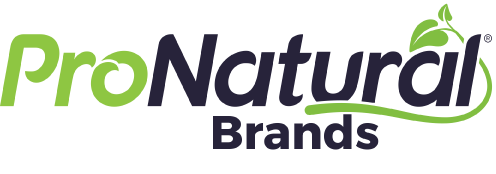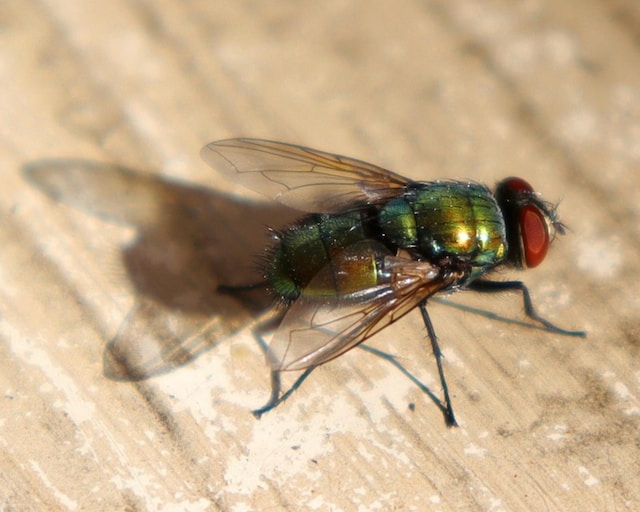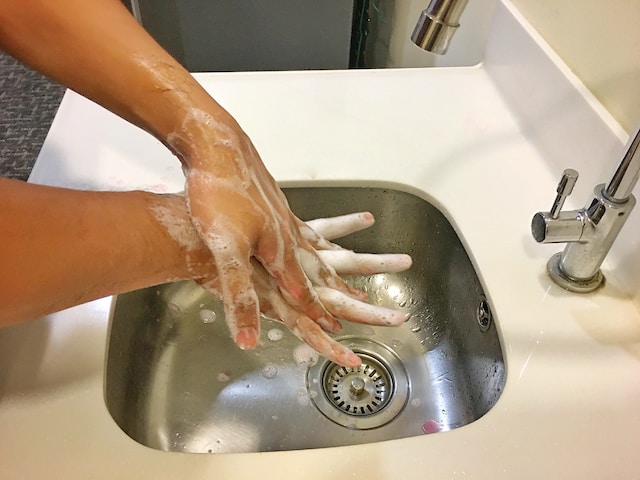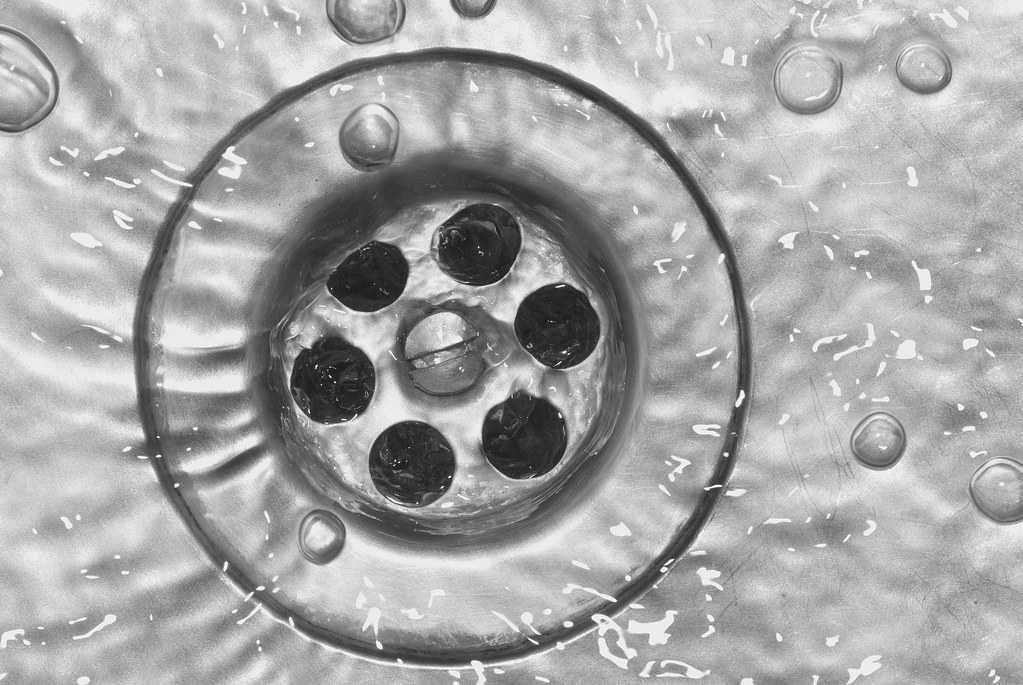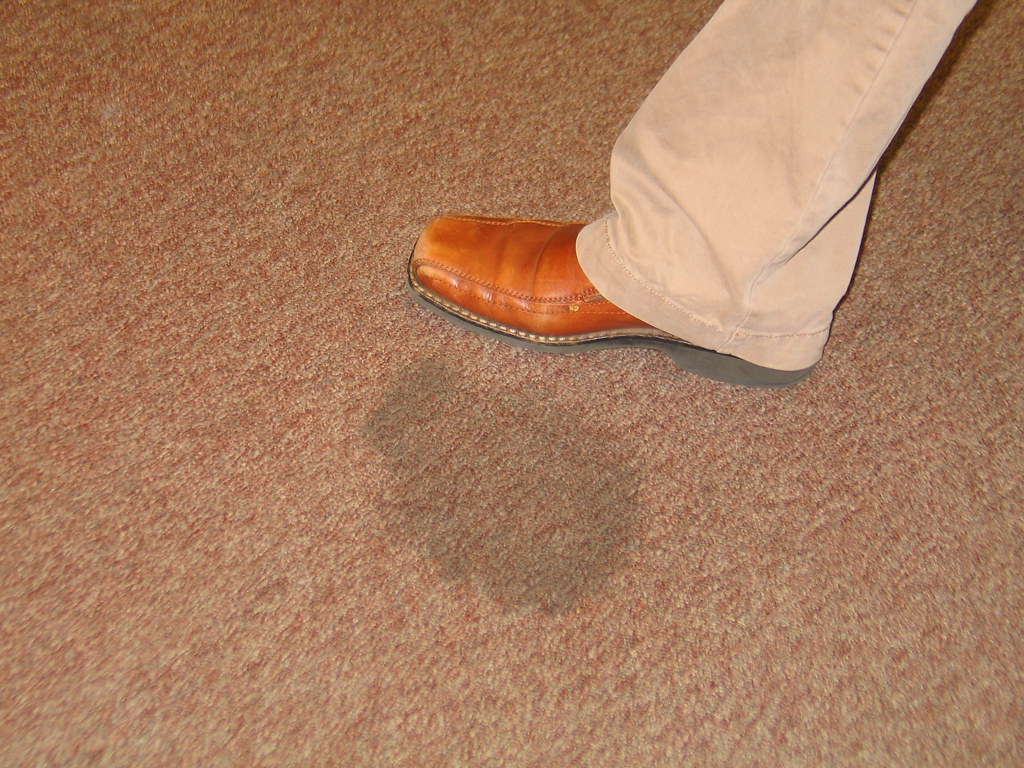One cooking tool that likely got plenty of use over the holidays was the cutting board.
But with the cooking over, we must ensure those cutting boards are clean and healthy. If not, they can transfer germs and bacteria to other surfaces, including the next food items we cook.
Here’s What to Do
· After each use, wash the board with hot, soapy water and rinse clean.
· Allow the board to air dry standing up. This ensures both sides are thoroughly dry.
· When all cooking is completed, wash, rinse, and then sanitize the board. For non-porous cutting boards, an effective sanitizer, such as our LEXX (R) Liquid Sanitizer and Cleaner Concentrate, can kill more than 99 percent of germs and bacteria on the board.
· A citric acid-based sanitizer is usually the safest and most effective to use. It does not need to be rinsed from the board and eliminates most germs and bacteria within 30 seconds.
· If the cutting board has not been used for a while, wash, rinse, and sanitize before use to ensure it is safe to use.
Here’s what NOT to Do
· If using a wood cutting board, never place the cutting board in the dishwasher unless its marked “dishwasher safe.” Dishwashers can damage the board. Further, some studies report it just redistributes bacteria to other areas of the board.
· Never soak a wood cutting board in water. This can cause the board to swell and crack, reducing its useful life.
· While it can be a good idea to use food-grade oils and mineral oil on wood boards to extend the life of the board, do not use vegetable oils. These can go rancid and cause odors.
· If the wood board has developed cracks or large grooves, best not to use it. Bacteria can build up in cracks and be hard to remove. Further, wood splinters may collect in food items used on the cutting board.
